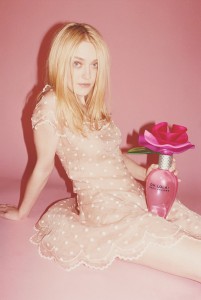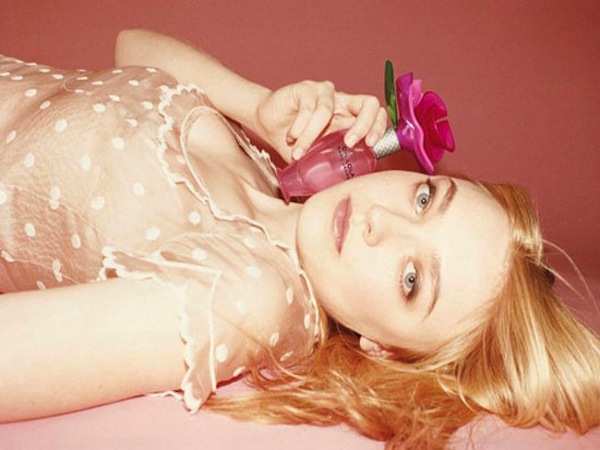Advertisements are being banned across the world for sexualising young women, but perhaps the problem lies in the eye of the beholder.
Over-sexualisation in advertising is an ongoing issue in the fashion industry, with many labels facing objections about their campaigns.
Italian fashion label Miu Miu has had an image from its latest spring/summer campaign banned due to complaints it over-sexualises children.

The UK’s Advertisement Standards Authority says it supported a single complaint that the image “could give the impression that it presented a child in a sexualised way”.
The complaint argued the campaign appears to “show a child dressed as an adult in a sexually suggestive post” and deemed it “irresponsible and offensive”.
However, although model Mia Goth looks young in the now banned image, the 22-year-old is of legal age.
https://twitter.com/AMNicholas_/status/596066787625725952
The UK banned another Miu Miu ad wyd???????????
— aaron (@donafella) May 15, 2015
Complaints centred around Goth’s outfit–a ruffled top and trousers from the brand’s collection–as well as her position on an unmade bed that supposedly makes her look younger than 16 years of age.
“We considered that her youthful appearance, in conjunction with the setting and pose, could give the impression that the ad presented a child in a sexualised way,” the ASA says.
Taking into consideration that Goth isn’t underage and the verdict is dependent on a single complaint, perhaps the decision to ban the ad was too extreme.
Similarly, a Marc Jacobs‘ fragrance advertisement featuring Dakota Fanning caused a stir in 2011.
Although the perfume was targeted at younger girls and deemed age-appropriate, the ad featured Fanning with an oversized perfume bottle positioned between her legs.

The ASA considered it “sexually provocative” and the advertisement was afterwards banned in England.
Fanning was quick to defend the fashion label, arguing that people have a tendency to read too much into advertisements.
“If you want to read something into a perfume bottle, then I guess you can. But it’s also like – why are you making it about that, you creep?” she told Glamour.
Fiona Jolly, CEO of the Advertising Standards Bureau (ASB), tells upstart that a number of codes and initiatives are in place in Australia to assess complaints regarding sexualised images in advertising.
These codes include the section 2.2 and 2.4 of AANA Code of Ethics and the AANA Children’s Code.
“These codes reflect the need for advertising to meet prevailing community standards, and particular attention is paid to the issue of sexualisation in advertisements that may be seen by children,” Jolly says.
Jolly says that when considering sexualised images in an advertisement, the board will firstly properly examine the ad. Any ad that the board deems to be in breach of the codes will then be considered inappropriate and complaints made against the ad will be upheld.
She emphasises that the board makes decisions on a case-by-case basis and in line with community standards in Australia, not overseas.
“The role of the ASB is to collect complaints and forward them to the board,” she says. “The board then makes decisions on the basis of its assessment of the advertisement against prevailing community standards in Australia.
“Advertising is a very subjective issue and different people may have different interpretations of the content of an ad.”
However, going through ASA’s list of banned advertisements in the UK can make for some unexpected amusement.
A complaint about Keira Knightley’s shoulders in Chanel’s Coco Mademoiselle campaign claimed that it appealed to children and was “overtly sexual”.
Twelve people also voiced complaints about Yves Saint Laurent’s advertisement for its recent fragrance, Black Opium. The campaign featured model Edie Campbell running through a city to reclaim a bottle of perfume stolen by her lover, which supposedly promoted drug use.
Although over-sexualisation is a widespread issue, the banning of fashion ads may not be the solution to stop the way women are perceived in advertising.
Perhaps the fate of fashion advertisements should be decided by a large group of popular opinion rather than just a handful of people to ensure the problem is tackled fairly.
While campaigns may get pulled from print due to outside complaints, the act of banning an image instantly broadcasts it, thus making it much more accessible.
 Tijan Biner is a third-year Bachelor of Journalism student at La Trobe University. You can follow her on Twitter: @tijanb.
Tijan Biner is a third-year Bachelor of Journalism student at La Trobe University. You can follow her on Twitter: @tijanb.
Featured image: Zap2It







